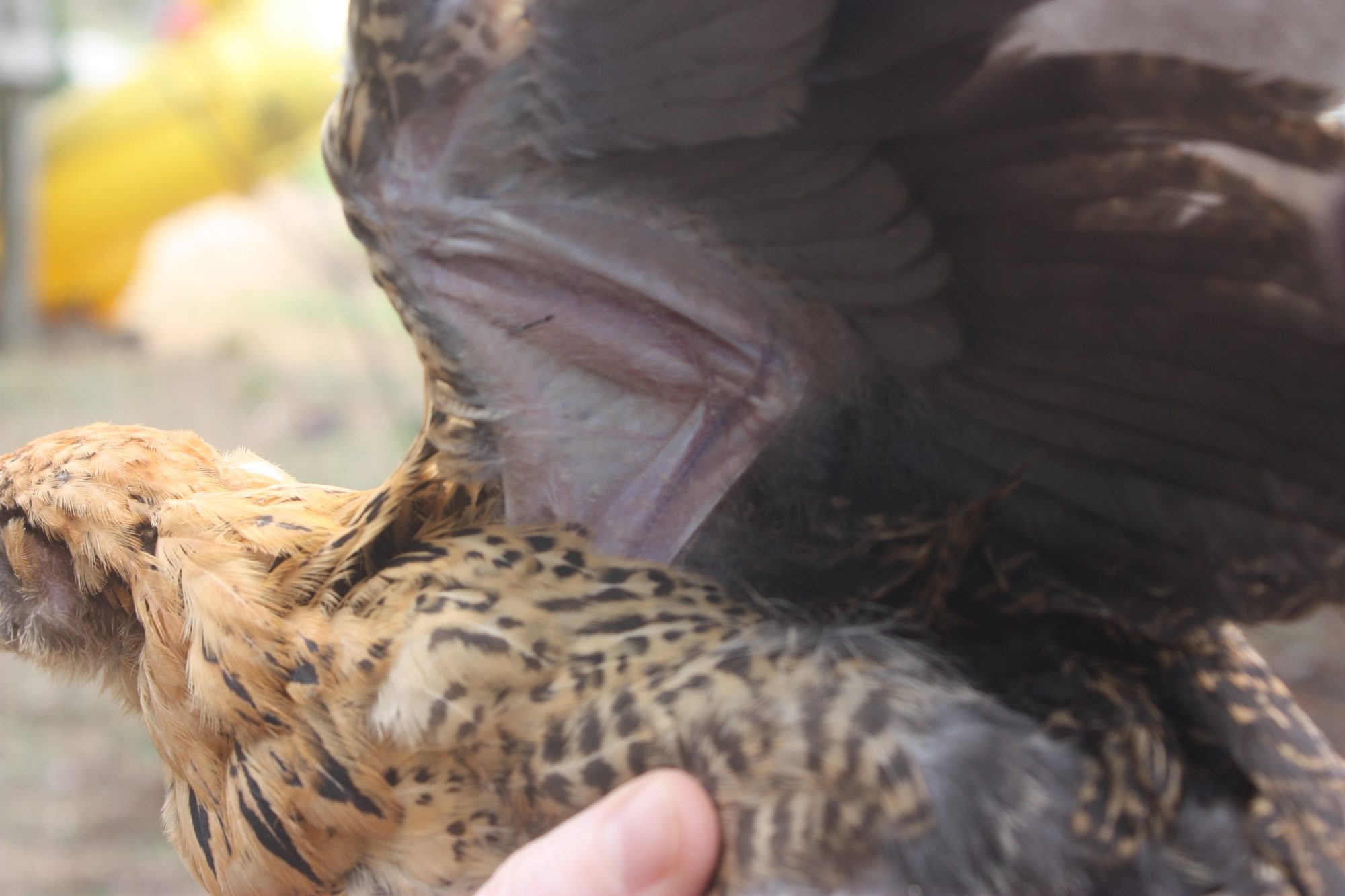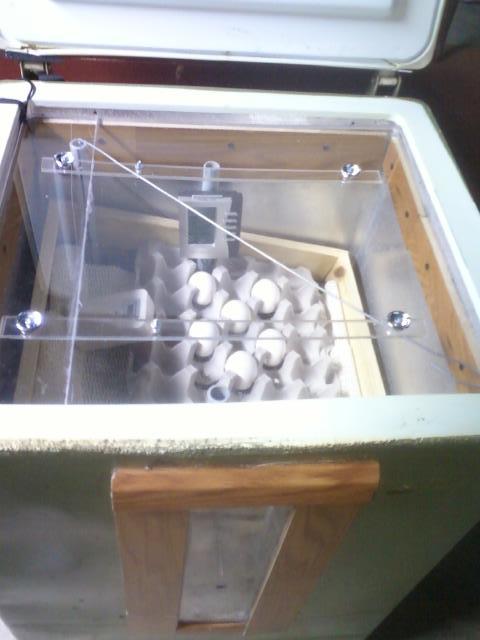- Apr 19, 2009
- 4,203
- 172
- 253
Quote:
We have had them just over 2 weeks. The first chicks eye started to look not so great 4 days ago or so. I posted pictures of it here if you want to look. 2 days ago she started to have some clear, spittle like bubbles to the front of her eye. It looked better the next day, but tonight, it was all bubbly again. Tonight was also the first time I heard her sneeze, and observed the clear nasal discharge in the two other chicks, one of which is has an eye that is starting to look off. So it would seem to be spreading. I know they didn't have any discharge before, I check them all over every day.
They are in a tractor within a quarantine fence, it has big ventilation holes covered with hardware cloth on two opposite sides and sand in the coop. I move it around the quarantine area, which is predominately sand and dune grass, and some dirt.
They seem to be eating and drinking the same as they have been, there are 6 chicks in total and I have mason jar feeder and waterers. I have to fill them up every day, and more often a second time at bed time too.
I'm not sure about growth rate, we've only had them about 2 weeks, but... they're bigger than they were? They have been losing some feathers, especially under their wings and some around their faces, also some on their backs where you have to lift other feathers to see. I have checked often for lice and mites, but after looking up a bunch of pages, I put it down to molting. I did take some pictures, though, so I will include some here.
I think we will be giving him a call, I know my husband has a special fondness for him for saving his dog, who was shot while out on a hike with him and his brother when they were kids.
Are you actually finding a lot of feathers like they're losing them, or they just have bare spots? Molting is not normal at this stage, but spotty feathering is.
Darn it! Unfortunately, nothing in your situation really points to anything definitive. The problem with that, besides just plain being frustrating to not know what's going on, is that their symptoms could indicate disease that's not just infectious but chronic. Infectious Sinusitis/MG is the most common -- and as Farmerboy can tell you, a big pain in the rear -- less probable is the possibility of either Coryza or Infectious Bronchitis. The first two result in chronic carrier status in the bird -- though some research says you may be able to cure MG, it can be expensive and time consuming to do so -- the last is least probable, imo, but the bird is only temporarily a carrier, so there's that. Unfortunately, with just the signs and symptoms you're dealing with there's no way to know without testing. You could do your own swabs and send them to MSU for testing, I'm not sure how much cheaper, if at all, it would be though. Daron may be able to give you details on that.
Because of the length of time you've had them and the time frame in which their symptoms appeared it's unlikely they brought it with them. (Though them having it since hatching and this being a recurrence due to stress is possible.) As much as I hate to say it, the time frame actually kind of suggests that MG could be a good possibility. The incubation is 6-10 days, which seems to coincide with their move to your location.

If it is MG it doesn't survive long without the bird as a carrier, but can be carried back and forth on hair, clothes, boots, etc. so your older flock is at risk, especially if they're free ranging and able to get close to the tractor the younger birds are in.
Basically, it's likely to pass even without treatment with few losses, but you are risking chronic carrier status in your flock and continued spreading if it is an infectious disease and you don't test and treat or cull. All this said, depending on what comes back in a test you may have to cull anyway and the course you choose is absolutely a personal one. You should not at all feel bad or lesser if you should decide to just cull. $100+ is a lot for any family and you have to put your family first. As cold as it sounds to say, when it comes to a $3 chick vs a $100+ vet bill that may result in culling anyway, sometimes the choice ends up being to save the money and just cull the bird and there's nothing wrong with that. If you do decide to cull you should keep your older birds off the ground your young chicks have been on for a couple of weeks, disinfect your boots, wash and dry your chores clothes on high heat and then you can try again. At that point you would want to watch closely for symptoms again which would be likely to tell you if the disease is either coming from your older flock or it's going to be endemic to your location and is something you need to consider a prevention program for. HTH!









